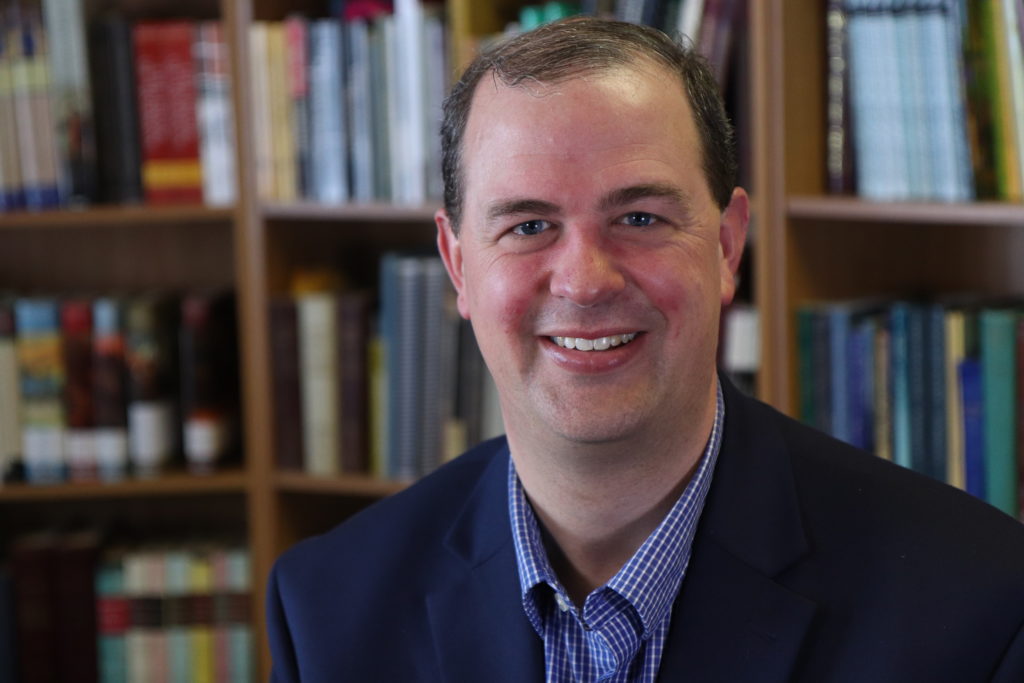I believe that universities are uniquely poised to teach the three core elements that all students need:
- Scientific reasoning
- Critical thinking and communication
- Design thinking, that is, problem solving through creativity and innovation
Universities for centuries have focused on the teaching and learning of scientific reasoning and critical thinking and communication (items #1 & #2). But there has not been as much focus on creativity and innovation as an indispensable form of problem solving and being (item #3).
There are tremendous opportunities now for Higher Education (and society in general) to actively embrace a fuller sense of what it means to be a well-rounded, productive member of society through creativity, innovation, and design thinking.
See more of what BYU is doing in this realm. Visit the BYU Creativity, Innovation, and Design group website innovation.byu.edu.
PS: Here are some quotes that illustrate the principles and philosophy of design thinking.
- “We build people first, then things.”
- “Walking around the [Stanford Design] school, one encounters the full range of courses: some lectures, some bench work, some sitting around tables. But all of them buzz with energy, all of them feature teams of students working collaboratively, all of them involve coursework based on problem solving. It’s like the famous business-school case method made practical, opened up from the challenges facing businesses to the challenges facing all people.”
- “Human-centered design redescribes the classical aim of education as the care and tending of the soul; its focus on empathy follows directly from Rousseau’s stress on compassion as a social virtue.”
- Design thinking is “a training ground for problem-solving for…students that “fosters creative confidence and pushes them beyond the boundaries of traditional academic disciplines.””
- Our aim is “to equip our students with a methodology for producing reliably innovative results in any field.”
- “What is design thinking? It’s an approach to problem solving based on a few easy-to-grasp principles that sound obvious: “Show Don’t Tell,” “Focus on Human Values,” “Craft Clarity,” “Embrace Experimentation,” “Mindful of Process,” “Bias Toward Action,” and “Radical Collaboration.” These seven points reduce to five modes — empathize, define, ideate, prototype, test — and three headings: hear, create, deliver.”
- “If one wants to promote original scholarship, one ought to bring together as many people as possible from as many different disciplines as possible. Almost by definition, that kind of creative interchange cannot happen in a university department precisely because there is simply too much that is held in common. Disciplines are about answers, or mastery, and therefore favor convergence.”
- “Universities and their academic disciplines, he says, provide “context-independent knowledge.” The world and its problems are not, however, organized by discipline. Even if humanists still tend to look down on “applied” learning, Leifer argues, knowledge has to fit the shape of the problem, not the other way around. The d.school’s learning is all “context-dependent,” pulling whatever it needs from any discipline in order to solve specific problems.”





